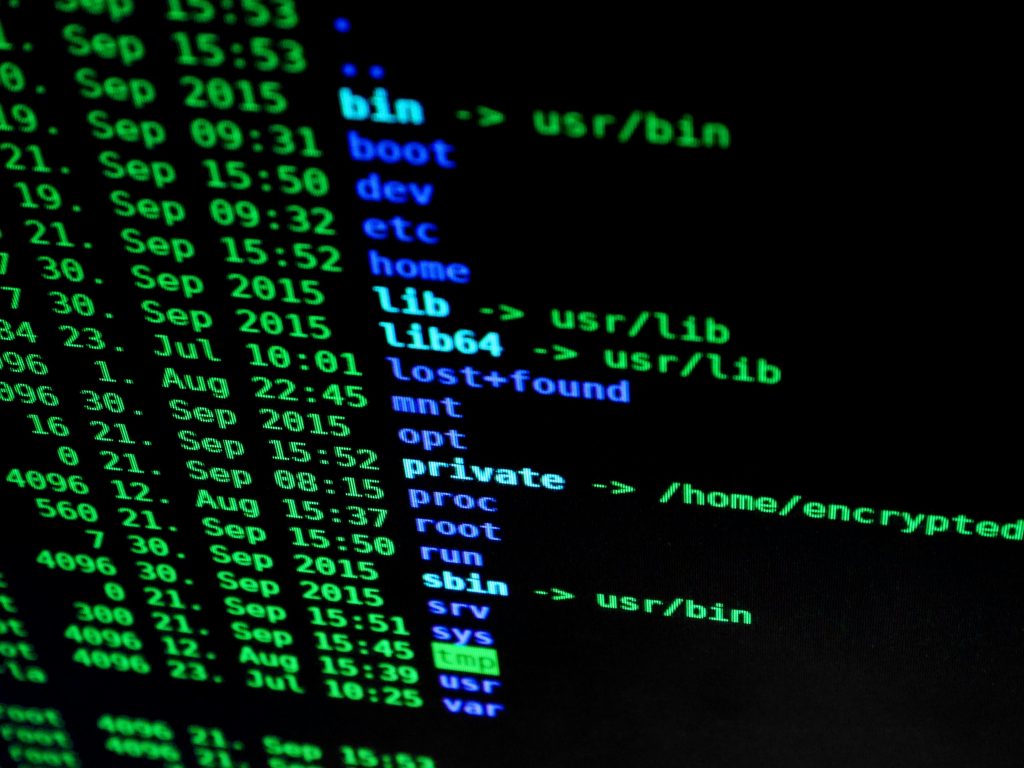
Cybersecurity awareness training for employees
Employees are often considered the weakest link in an organization’s cybersecurity defenses. Cyber attackers frequently exploit human vulnerabilities through social engineering, phishing, and careless behavior. To mitigate these risks, cybersecurity awareness training is essential. Interestingly, even specialized browsers like OPERA GX, originally designed for gamers, have started integrating privacy and security features that users—and employees—can benefit from. This article explores the importance, methods, and best practices for training employees to become an effective frontline defense.
Why employee training matters
Cybersecurity technologies alone cannot protect an organization. Human factors—such as clicking on malicious links, weak passwords, or falling for phishing scams—are major causes of breaches. According to IBM’s Cost of a Data Breach Report 2023, 82% of breaches involved a human element.
Training empowers employees to:
recognize phishing attempts and suspicious behaviors
understand their role in maintaining security
respond appropriately to potential incidents
follow security policies and compliance requirements
Key components of effective training
Phishing simulation and awareness
Regular simulated phishing exercises help employees recognize deceptive emails in a controlled environment. Reporting suspicious messages should be encouraged, reinforcing vigilance.
Password hygiene
Employees must learn to create strong, unique passwords and use password managers. Multi-factor authentication (MFA) should be enforced across systems.
Safe internet and email practices
Training covers avoiding unsafe websites, recognizing malicious attachments, and proper use of corporate email and devices. Tools like OPERA GX, with built-in ad blockers and tracking protection, can support safer browsing habits in the workplace.
Data protection and privacy
Understanding the importance of handling sensitive data securely, including customer information and intellectual property, is critical.
Incident reporting procedures
Employees should know how and when to report potential security incidents or breaches without fear of blame.
Remote work security
With remote work becoming common, training must address securing home networks, using VPNs, and protecting endpoints.
Delivery methods
In-person workshops: interactive sessions can engage employees and allow Q&A.
E-learning modules: flexible, scalable, and trackable online courses.
Microlearning: short, focused training delivered frequently.
Gamification: using quizzes, badges, and leaderboards to motivate learners.
Real-world scenarios: role-playing to simulate attacks and responses.
Measuring training effectiveness
Phishing click rates: monitor how many employees fall for simulated phishing.
Quizzes and assessments: test knowledge retention regularly.
Incident metrics: track the number and severity of incidents related to human error.
Feedback surveys: gather employee opinions to improve training content.
Best practices for implementation
Tailor training to different roles and risk levels.
Keep content up to date with emerging threats.
Promote a positive security culture emphasizing collective responsibility.
Engage leadership to champion cybersecurity efforts.
Integrate training into onboarding and ongoing professional development.
Conclusion
Employees are a vital part of an organization’s cybersecurity posture. By investing in comprehensive awareness training, businesses can reduce risks from human error and strengthen their overall defense against cyber threats. Even adopting secure digital tools like OPERA GX can contribute to a more cyber-aware environment. Security awareness is not a one-time event but a continuous journey towards a resilient workforce.



